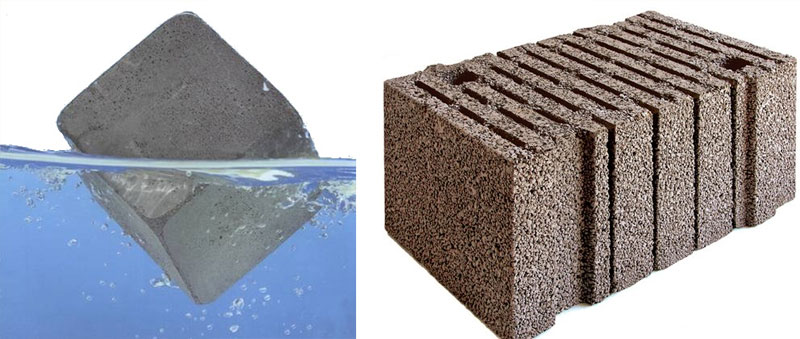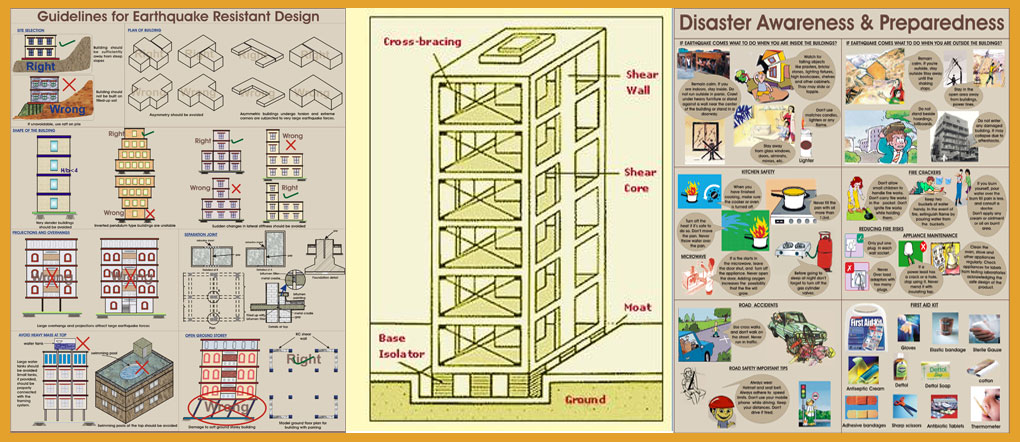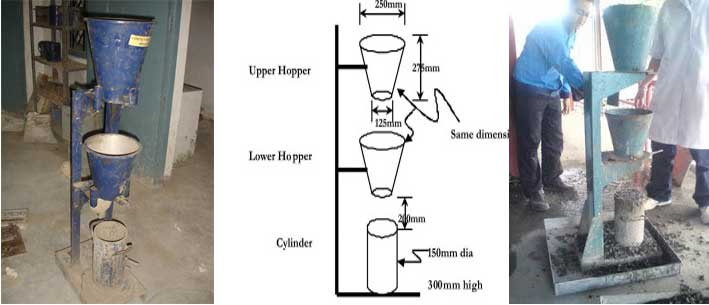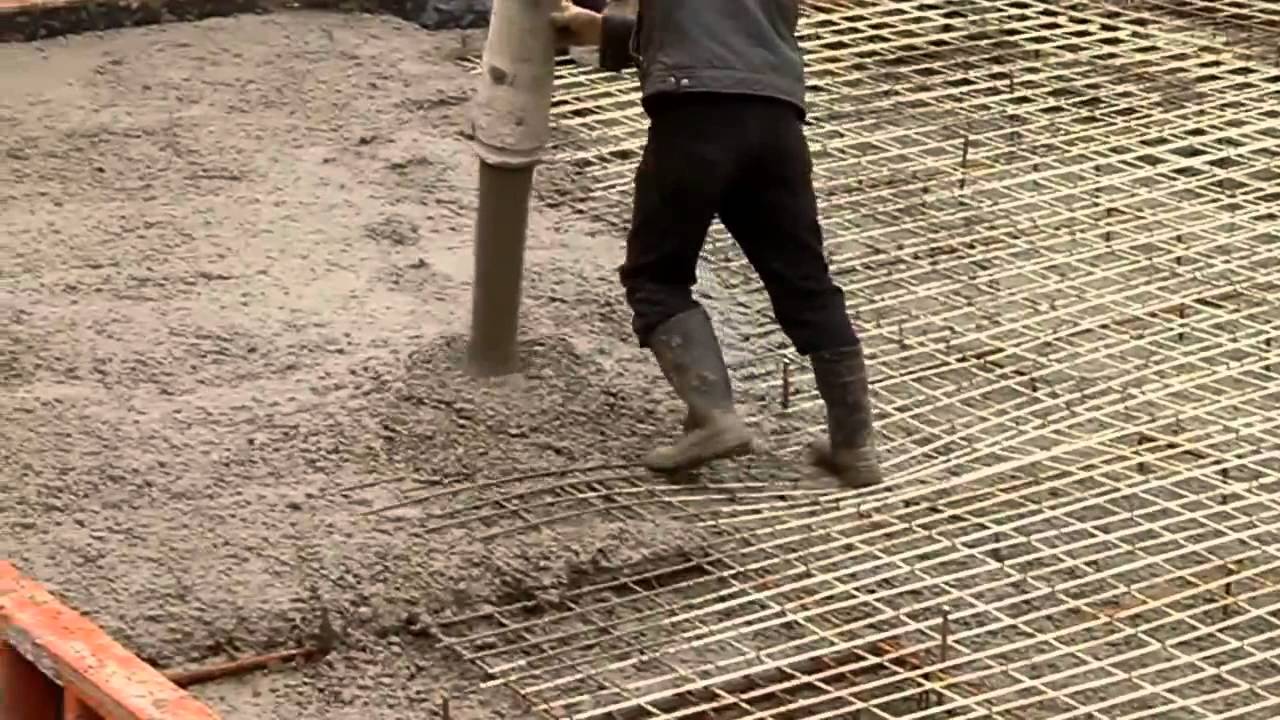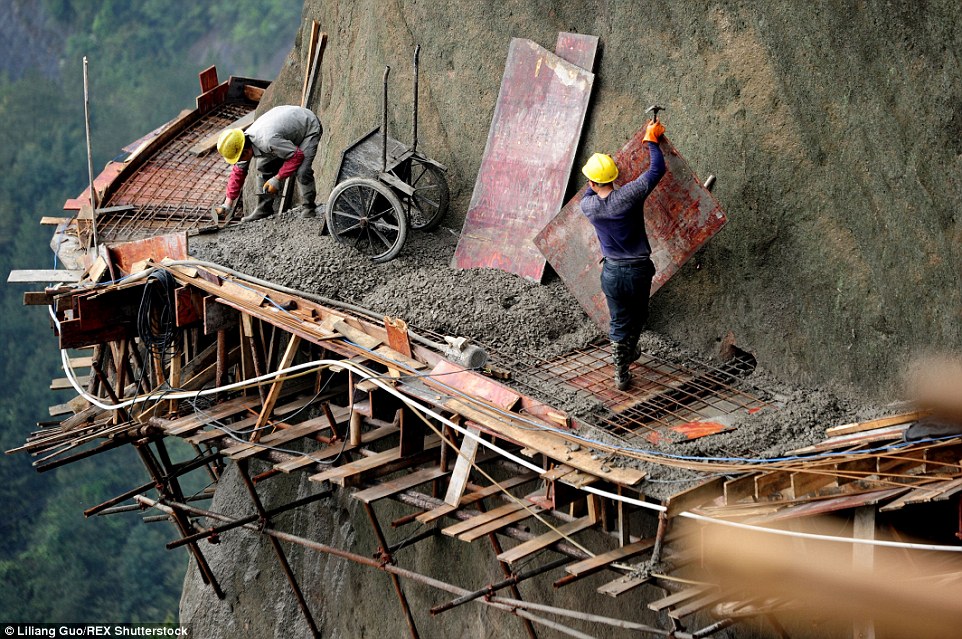Lightweight Concrete
The utilization of LWC (Lightweight concrete) has been a component in the construction business for quite a long time, yet like other material the expectancy of potency of the execution have raised and now we are expecting a steady, dependable material and unsurprising attributes. Structural lightweight concrete has a set up thickness or denisty (unit […]
Read More →
